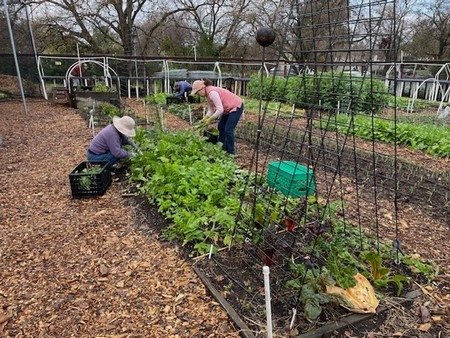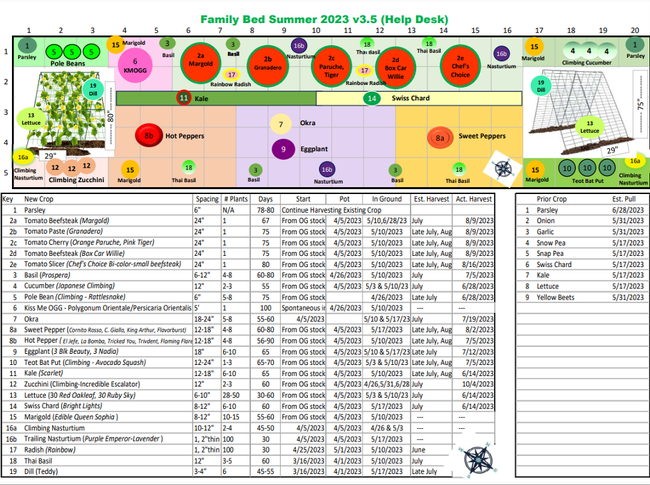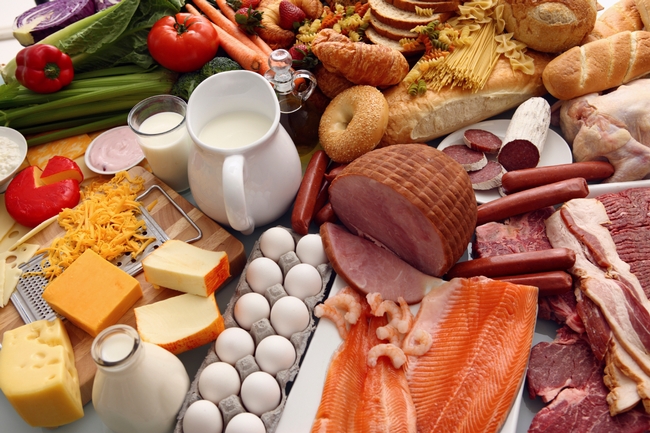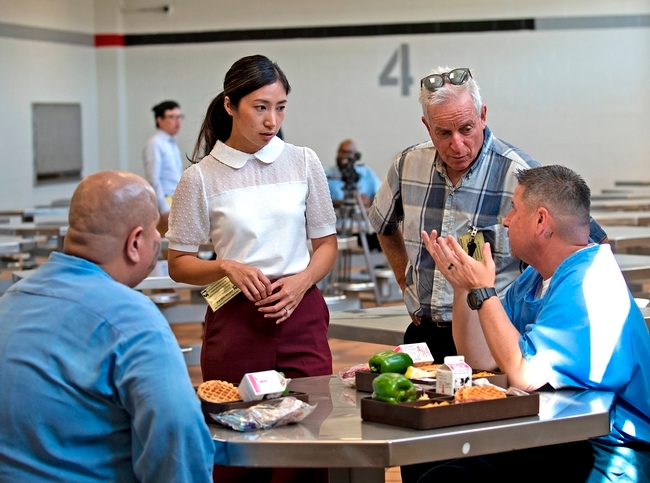Posts Tagged: gardening
Creating a Family Garden Bed
Most of us in urban and suburban areas don't have enough room for a large edible garden. Our space is limited for growing vegetables, so we need to try different techniques to maximize our yields.
The Family Garden Bed at Our Garden demonstration garden in Walnut Creek is a tangible example of what a family can accomplish when planting vegetables in their own backyard. Over the past couple of years, our 5'x20' plot has yielded roughly 500 pounds of produce each year.
Our Family Garden Bed was created 6 years ago when our garden team decided to dedicate one of our 30 existing garden plots to create and demonstrate what a family can accomplish in a small space in their own backyard. The plans for the bed evolved into a square-foot gardening concept resulting in greater vegetable yields.
Our most successful and prolific vegetable plantings are sweet potatoes, squash, onions, and tomatoes, so we plant these vegetables every year. However, we are not planning to plant sweet potatoes this season to make room for other experimental vegetables.
We have had a few failures. For example, one year we experimented with corn which took up a full square yard of space in the bed. Unfortunately, the corn provided a surprisingly low yield for our efforts. Because corn takes up a lot of space, requires a lot of water, and robs the soil of nitrogen, we no longer grow it.
The family bed continues to evolve with enhanced emphasis on edible greens that produce quite nicely during the colder months. We now have an antioxidant section featuring beets and leafy greens such as kale and spinach. We also have an “Asian” greens section featuring tatsoi and bok choy.
With the approach of spring, our Family Garden Bed Team has started to propagate seeds for the coming growing season. We plant one seed for lettuce, bok choy, tatsoi, and kale per cell in plastic six packs to get started. These seedlings will be planted in the ground in 4 to 6 weeks. Once these plants get growing, we propagate tomatoes, squash, melons, cucumbers, and other summer crops. All this is according to the master plan set down on a color-coded excel file that directs our weekly adventures.
Here is an example of our color-coded file:
OR
Here are some tips for getting the most out of every inch of space in your own Family Garden:
• Location, Location, Location: Summer crops, such as tomatoes, squash, beans, melons, and peppers all need at least 6 hours of full sun daily. A garden bed is best placed lengthwise east to west to take advantage of the sun throughout the day. Plant taller plants so they do not shade shorter plants.
• Soil and Water: Amend your soil so that you end up with what would be described as a loamy texture. Use a good compost (your own if possible), and organic fertilizers which will help build a healthy soil environment for plants over the long haul. How often you water will depend on the time of year, rainfall, how the soil retains water, the needs of your vegetables and how deep their roots grow.
• Trellising: You can maximize your bed space by trellising tomatoes, pole beans, cucumber, squash, and melons. This technique can provide shade for the lettuces that will produce longer if protected from direct summer sun.
Planning and Tracking
• Create garden plans for both warm weather and cool weather. We suggest starting small and experimenting.
• Select vegetable crops, based on what your family likes to eat, adding in something fun or new each year.
• Research and document vegetable requirements on seed packages or plant tags:
• Look up plant spacing, Days to Maturity/When to harvest, Start date to seed or plant.
• After you figure out vegetables to plant, then determine the number of plants required for your space. Since the Family Bed is 5' x 20', mini beds are designated, usually 3'x3' or 4'x4', or any configuration that will work for each vegetable. Have fun by creating a focus, such as a salsa bed, pizza bed, salad bed, antioxidant bed, etc.
Bed Layout — Getting the most out of each inch of space
• Intensive planting using the triangulation method. Place a plant at each corner of an equilateral triangle, where the length of a side is the plant spacing requirement. For example, you can plant 5 instead of 4 cabbage heads or broccoli in a 3'x3' plot.
• Intercrop planting: Mix in smaller faster-growing vegetables such as lettuce, spinach, radishes between larger, slower-growing crops such as broccoli, cabbage, cauliflower. For warm weather vegetables, plant lettuce, radishes, basil, etc., between tomato plants.
• Multi-vining tomato plants (2 to 4 vines) to get more variety of tomatoes in a bed.
• Trellising / Vertical planting: Plant upwards: indeterminate tomatoes, squash, melons, cucumbers, etc. Plant smaller, fast-growing plants under the trellis. This technique can provide shade for lettuces that will produce longer if protected from direct summer sun.
• Fill in blank spots by adding edible flowers for beauty and pollination.
Our Family Garden Bed has been a work in progress, and we learn new things every year much to our surprise! We highly recommend keeping track of what you plant each season to help you make plans for the future.
For more tips on successful gardening, check out the Edible and Sustainable gardening resources on our website: https://ccmg.ucanr.edu/
And please visit the Family Bed at our demonstration garden this spring! Our Garden is located at the southwest corner of North Wiget Lane and Shadelands Drive, just north of Ygnacio Valley Road, in Walnut Creek. We're normally open to the public from 9:00 am to noon on Wednesdays April through October.
Hope to see you at Our Garden!
Help Desk of the UC Master Gardeners of Contra Costa County (JCM)
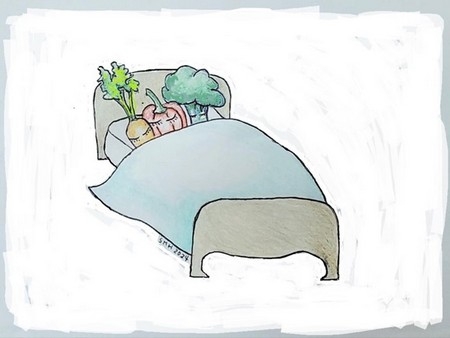
family bed 450
Food waste, nutrition in prison focus of webinars Feb. 22, 29
Free webinars about food waste and nutrition in correctional systems will be presented by the University of California Agriculture and Natural Resources.
The UC ANR Sustainable Food Systems Emerging Issues Webinar Serieswill first cover food waste on Feb. 22.
“The Sustainable Food Systems strategic initiative panel aimed to highlight innovative solutions to emerging issues within the food system from field-to-fork,” said Danielle Lee, UC Nutrition Policy Institute director of communications and research engagement.
“Over one-third of all available food in the U.S. is uneaten through food loss or waste – totaling up to over $160 billion – which has negative impacts on food security and the climate,” she said. “Households could save over $370 per person each year by reducing or preventing food waste. Additionally, when uneaten food ends up in the landfill, it generates greenhouse gases, and landfills are now the third largest producers of methane in the U.S.”
“California's adoption of SB 1383 aims to solve these problems,” Lee said. “You'll meet experts who are implementing consumer education and organic waste recycling programs aligned with SB 1383.”
The second 90-minute webinar, on Feb. 29, will focus on nutritious foods for residents of correctional facilities.
“We chose incarcerated people as our case study population for two reasons – the California Department of Corrections and Rehabilitation is the single largest public purchaser of food in the state and studies have shown that 63% of incarcerated individuals rarely or never have fresh vegetables and 55% rarely or never have fresh fruit.”
California has two policies that can support institutional procurement of fresh produce – AB 822 and AB 778.
“The Harvest of the Month program is an innovative solution to implementing these policies while supporting improved nutrition security for incarcerated individuals,” Lee said. “Prison gardening programs can not only provide therapeutic benefits to residents, but also reduce recidivism rates and serve as workforce development opportunities to better prepare residents for returning to their communities post-incarceration.”
Part 1 - Harvesting Solutions: A Trio of Perspectives on Addressing Food Waste from Field to Fork
Thursday, Feb 22, at 10-11:30 a.m. PT
To minimize food waste, three experts explore factors influencing food loss and waste, delve into innovative recycling techniques, and explore statewide initiatives targeting household food waste. Experts in postharvest handling, food waste recycling and community education will share research findings and strategies.
Agenda:
- An overview of food waste in fruits and vegetables
Deirdre Holcroft, Holcroft Postharvest Consulting - Exploring means to extract embodied energy and lower greenhouse gas emissions in food waste recycling
Michael Cohen, UC Cooperative Extension organic materials management and agri-food systems advisor for Santa Clara County - The opportunities in statewide programs in reducing household food waste: Results from UC ANR household food practice needs assessment
Yu Meng, UC Cooperative Extension youth, family and community advisor in Riverside, San Bernardino and Imperial counties
Part 2 - Farm to Corrections: Cultivating Justice through Nutrition and Gardening Initiatives
Thursday, Feb. 29, at 10-11:30 a.m. PT
Experts share insights on groundbreaking initiatives for justice-involved individuals' access to California-grown produce and nutrition and gardening education. Innovative initiatives such as a “Harvest of the Month” program by the California Department of Corrections and Rehabilitation in collaboration with the UC Nutrition Policy Institute and Impact Justice aim to increase access to fresh, locally grown fresh fruits and vegetables and trauma-informed nutrition workshops. They also highlight the impact of UC Master Gardener projects on rehabilitation and workforce development.
Agenda:
- Produce during and after prison: Increasing justice-impacted individuals' access to California-grown produce and nutrition education
Carolyn Chelius, UC ANR Nutrition Policy Institute; Heile Gantan, Impact Justice; Lance Eshelman, California Department of Corrections and Rehabilitations - UC Master Gardeners Prison Gardens Projects
Missy Gable, director of the UC Master Gardener Program
Learn more and register at https://ucanr.edu/sites/StrategicInitiatives/Sustainable_Food_Systems/Events.
Light in the Winter Garden
We in Northern California are fortunate to live in a climate that enables us to garden all year. Our moderate temperatures enable many vegetables to grow through the winter, and at most lower altitudes, frosts are rarely severe enough to kill...
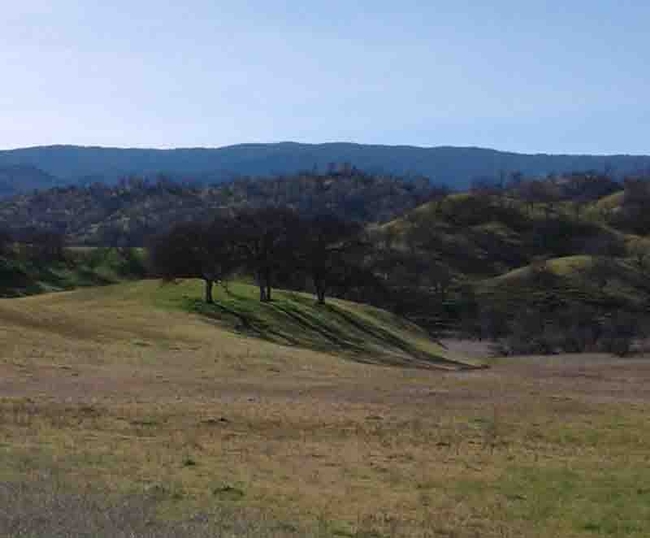
Trees cast long shadows in the winter in this rural area near Paskenta. They will cast long shadows in your yard at this time of year, too. Laura Lukes
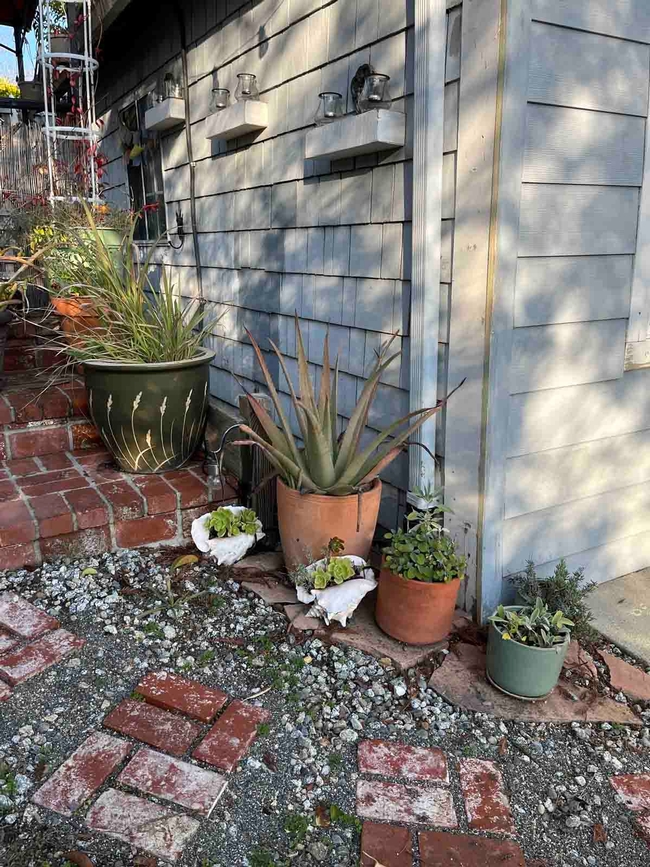
Plants in containers can be moved to areas with more light if necessary in winter. Debi Durham
Edible Extras: Don’t Throw It Away If You Can Eat It!
Each year, the U.S. throws away between 30% and 40% of the food produced for human consumption (over $161 billion worth). Roughly 20% of the total volume of waste sent to landfills is food. If you have tended a vegetable garden, then you are probably...
Weeds and Wildfires
How can weed control help with wildfire preparedness? Wildfires are part of California's ecosystems, and they do not have to lead to the destruction of structures and livelihoods. Each of us can contribute to improving wildfire resilience, from...

